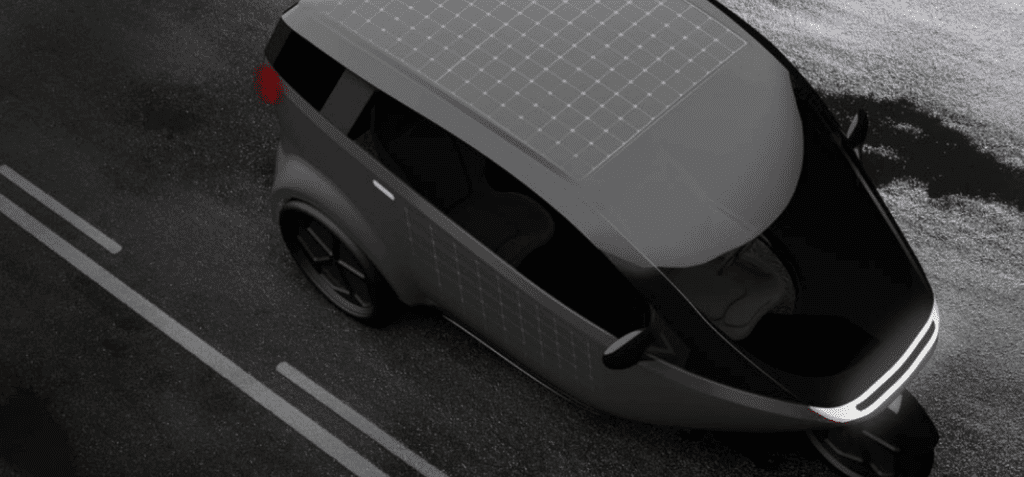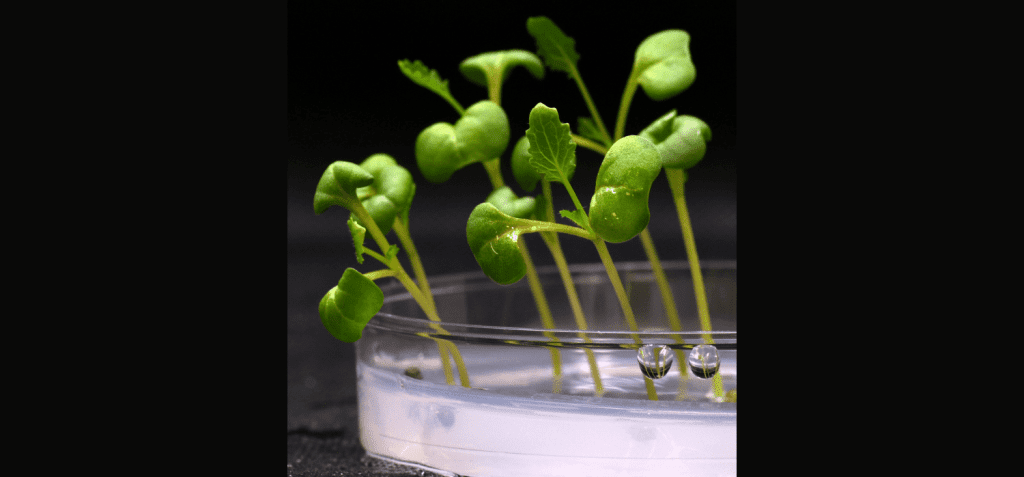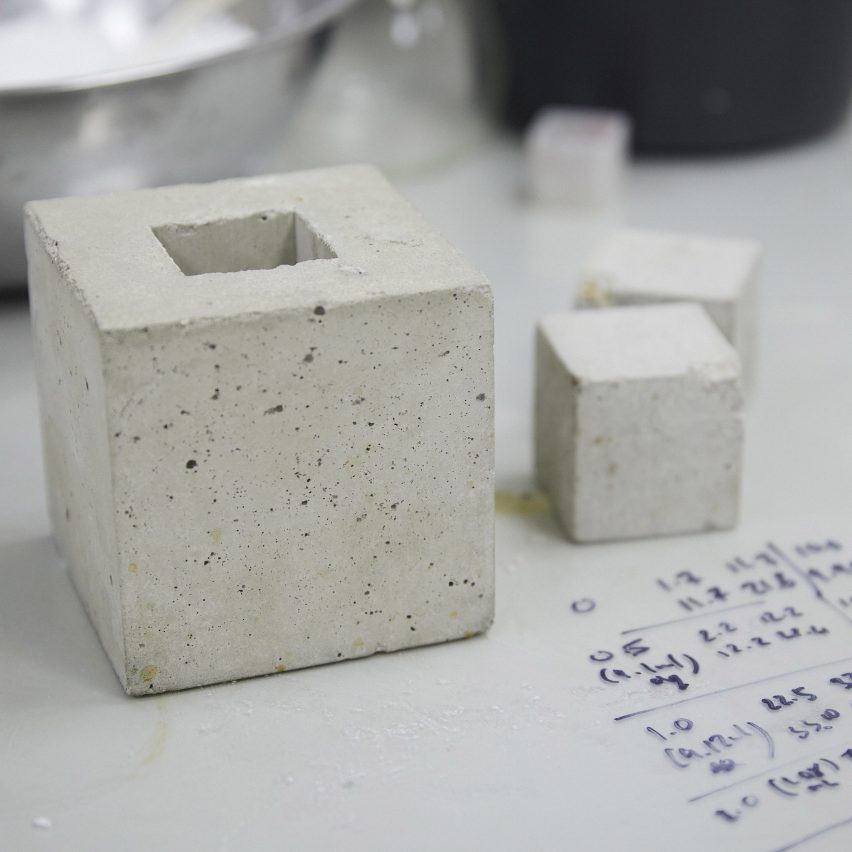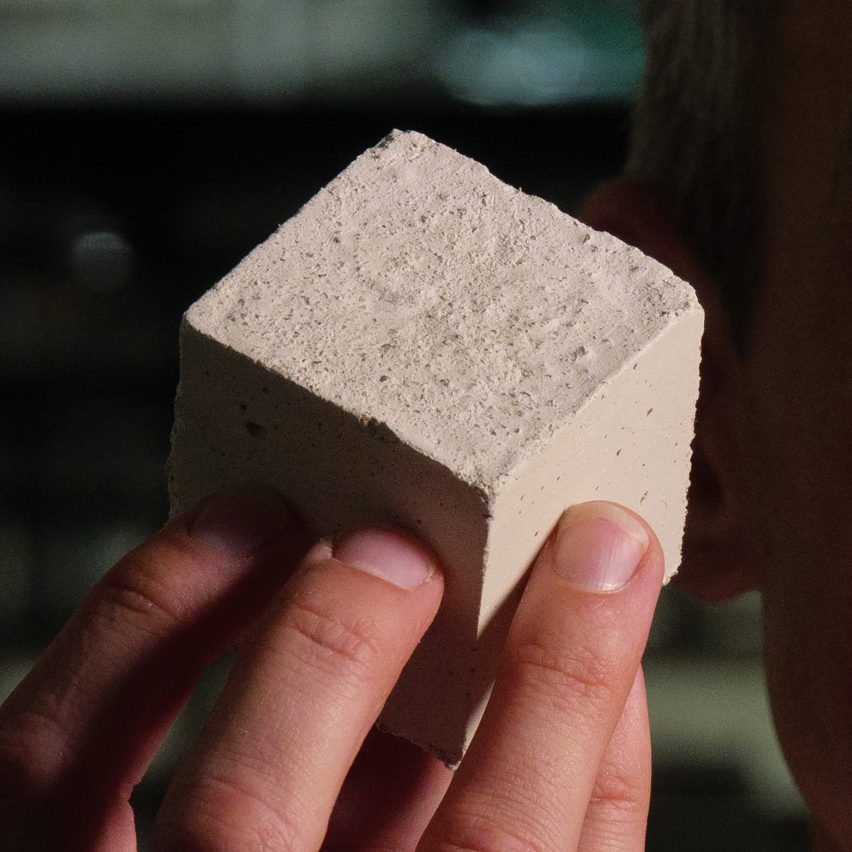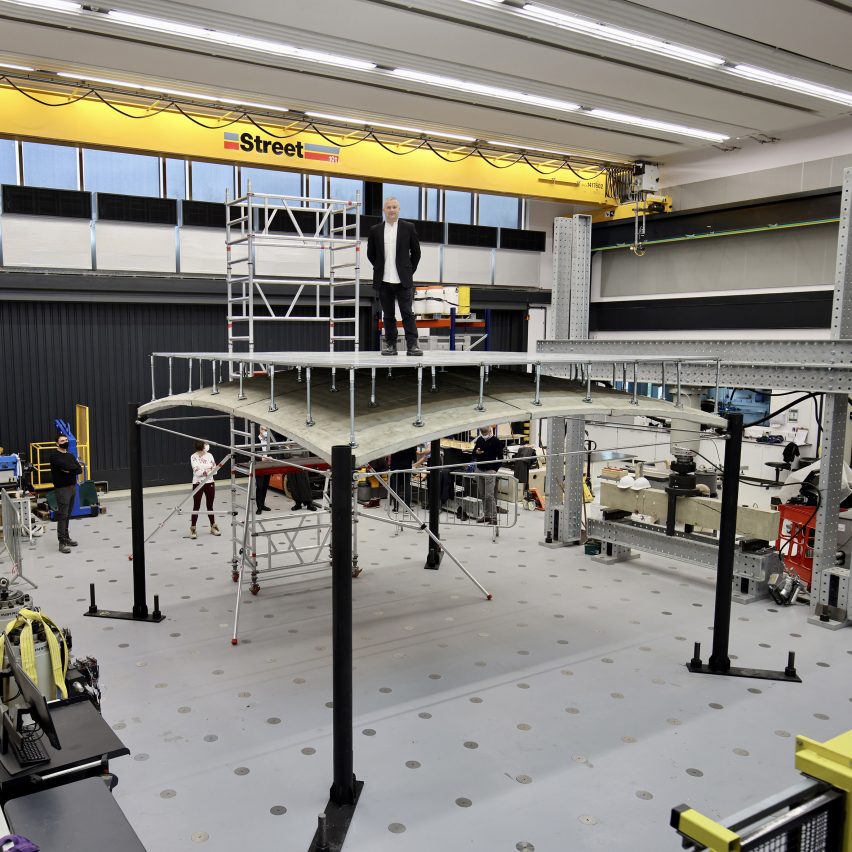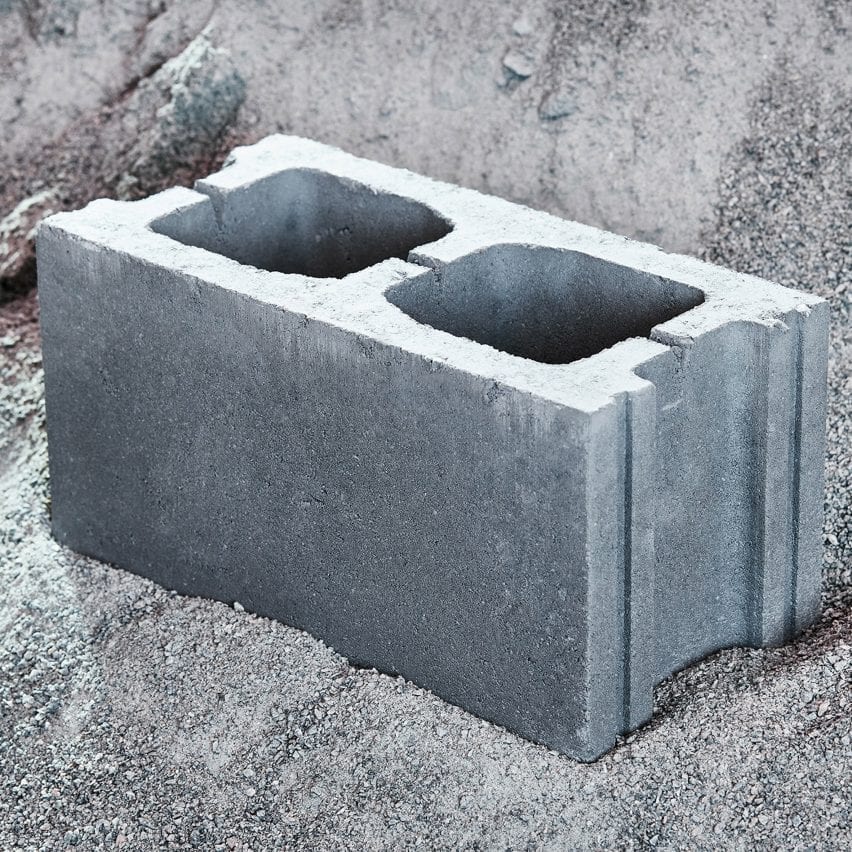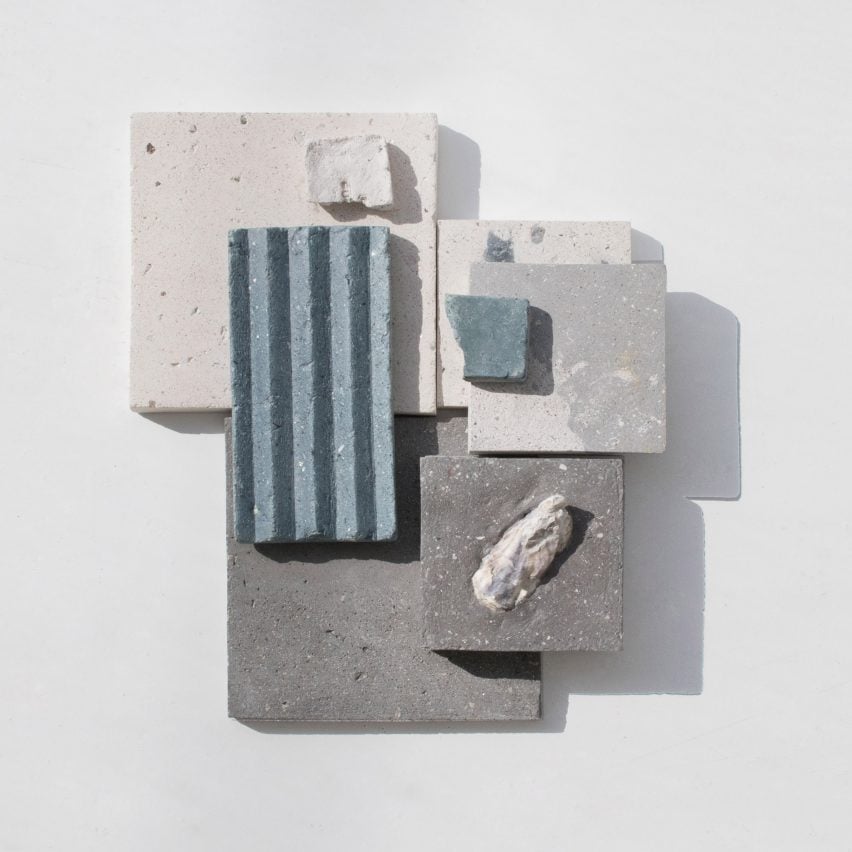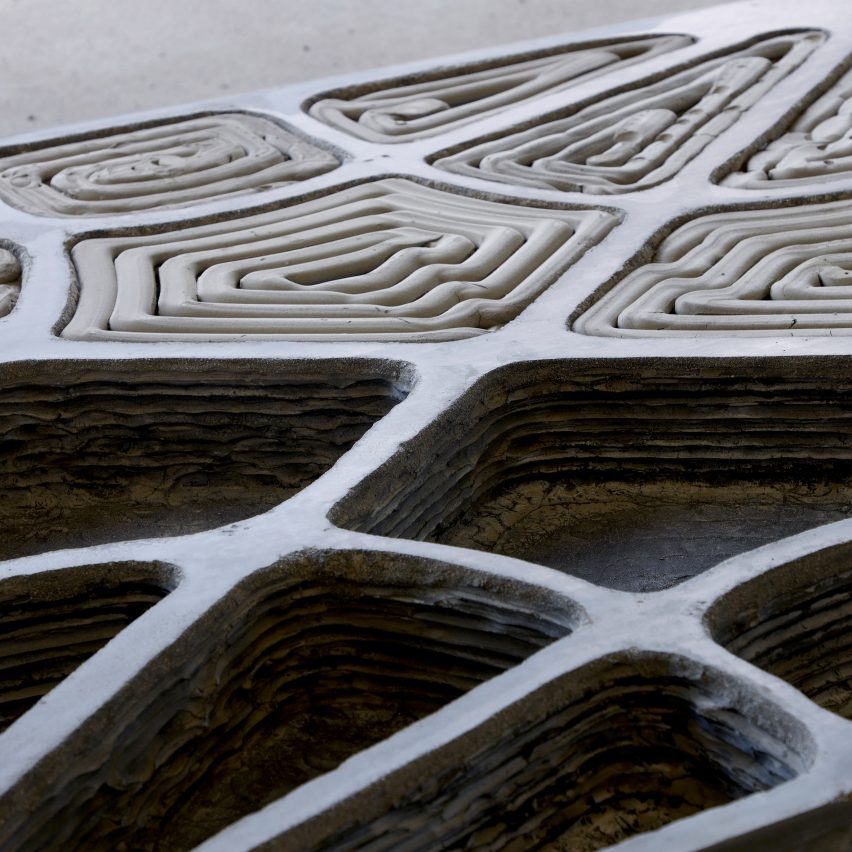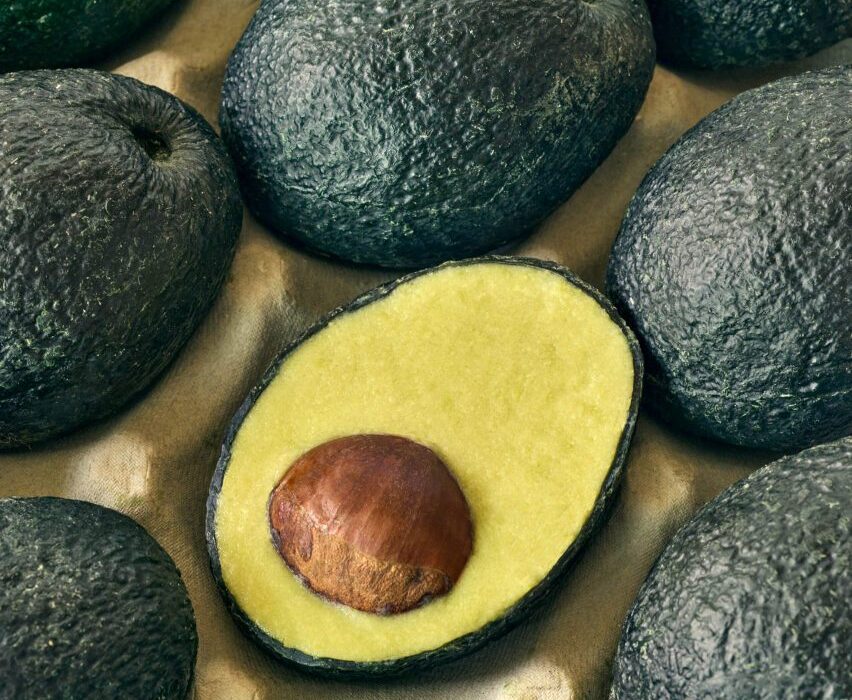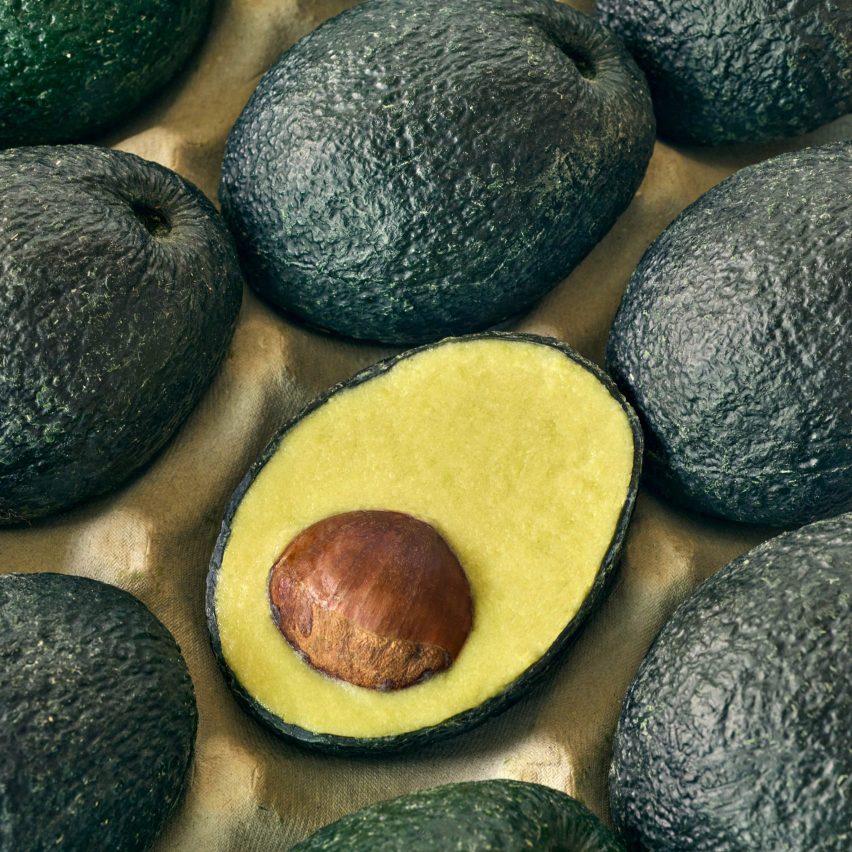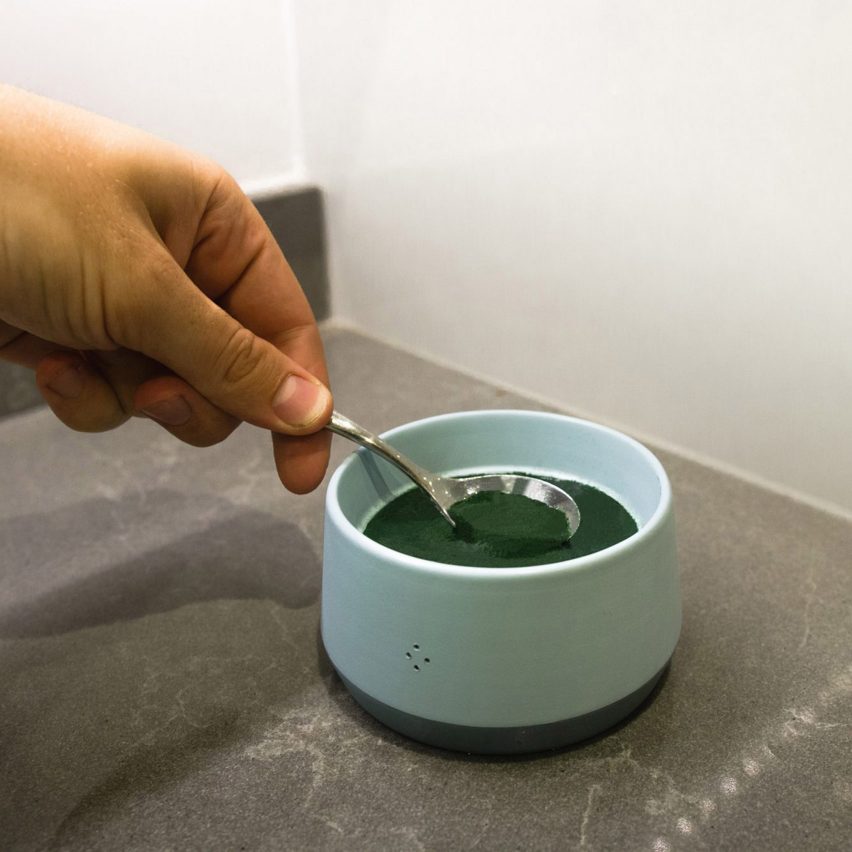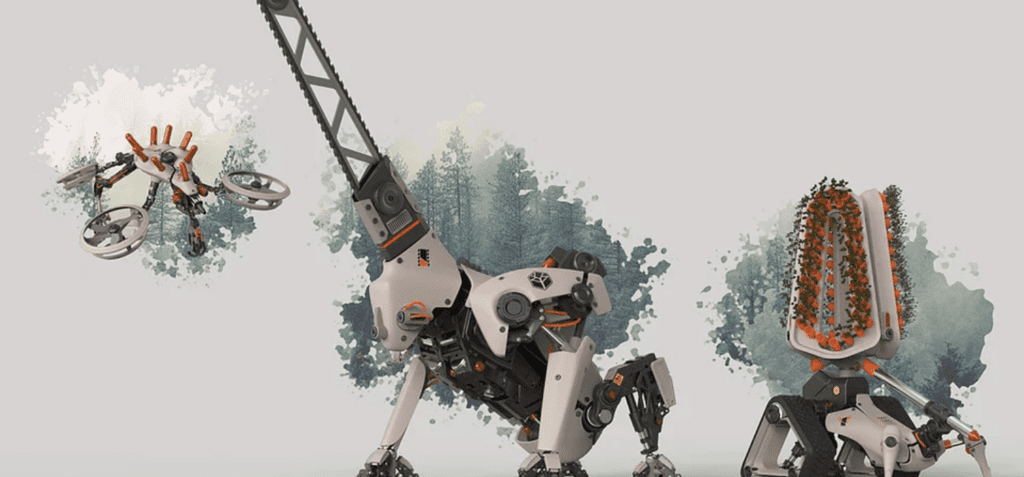Five innovations for the future of vaccines
The world now has vaccines for more than 20 different life-threatening diseases. And according to the World Health Organization (WHO), immunisation prevents between 3.5 million and 5 million deaths from illnesses such as tetanus, diphtheria, measles and influenza, each and every year.
The coronavirus pandemic has further proven the value of vaccines, with 19.8 million deaths estimated to have been averted in the first year of global COVID-19 vaccination programmes.
But while immunisation has been a success story in world health, there is still a lot of work to do, and new technology is constantly under development.
For example, while the COVID-19 vaccination programme has been successful, the broader disruptions caused by the pandemic have led to a fall in coverage for other diseases, with an estimated 25 million children under the age of 1 year not receiving basic vaccines in 2021 – the highest number since 2009.
This pandemic-driven setback has inspired the theme for World Immunization Week 2023: ‘The Big Catch-Up.’ World Immunization Week is celebrated in the last week of April each year, and the WHO-backed event aims to highlight the collective action needed to protect people through vaccinations.
To celebrate the event, we highlight some of the most cutting-edge vaccine technologies, as well as other innovations improving access to vaccines around the world.

Many people around the world have a phobia of needles, which makes the prospect of a vaccine jab daunting. But what if there was another way to deliver vaccines – one that doesn’t involve needles? Today, there are several startups exploring this possibility. Among them is Vaxxas, a company that has developed a patch that contains thousands of vaccine-coated microprojections. This patch is applied to the skin for a few seconds to deliver a dose of vaccine, and the company claims that this technology is not only needle-free but can enhance a vaccine’s performance. This is because the patch delivers the vaccine directly to the high concentration of immune cells immediately beneath the skin, while sounding the immune system’s ‘alarm bells’ so that the vaccine’s components are quickly transported to the lymph nodes. Vaxxas currently has patches for COVID-19 and seasonal flu undergoing stage I clinical trials. Find out more

Vaxxas is not the only company working to deliver vaccines through patches. In fact, microneedle patches are in development for many diseases including measles, polio, and rubella. And now, researchers at MIT have developed a way to leverage this technology to get vaccines to more people, including in hard-to-reach areas. Their solution: mobile printers that can produce hundreds of vaccine patches per day. The printers fit onto a table top and can be transported anywhere around the world – wherever vaccines are needed. The ability to produce vaccines on demand could resolve a key poblem impacting vaccine roll-outs. Vaccines need to be stored at cold temperatures, meaning they are difficult to transport and stockpile. But instead of shipping around vaccine doses, the new mobile printers could be sent to locations like refugee camps or remote villages in response to disease outbreaks. Find out more

Like all organisms, pathogens – microbes that cause disease – are constantly evolving. And because most vaccines today are designed to target a particular part of a pathogen, this can make vaccines ineffective, sometimes after a short period of time. To tackle this, startup Baseimmune deploys deep learning to predict the direction in which pathogens are likely to evolve. This enables the company to create vaccines that stay ahead of the evolutionary curve. Using the algorithm-crunched data, Baseimmune creates ‘pick and mix’ antigens – substances that cause your immune system to create antibodies – that target multiple parts of a pathogen. This gives the immune system all the tools it needs to recognise and protect against a pathogen – even as it evolves. Today, the company’s pipeline includes vaccines for African Swine Fever, COVID-19, and Malaria, all of which are in the preclinical stage of development. Find out more

To be effective, vaccines rely on the human immune system recognising foreign proteins called antigens. These antigens are harmless, but they induce the body to react as it would to the presence of a pathogen, prompting it to create specific antibodies that will be effective against an actual disease. One of the best ways to introduce antigens to the body is to bind them to a harmless virus-like particle. This approach creates a very strong immune response, but it is difficult to create these bonds in a reliable and controlled way. This is where startup SpyBiotech comes in. The company takes a protein from a species of bacteria and splits it in two. Half of the bacteria protein binds to the virus-like particle and half to the antigen. The two halves are then joined back together in a covalent bond that acts like molecular ‘superglue’. As a result, the virus-like particle can be fully covered in antigens to create effective vaccines. The technology can be adjusted to work with a range of different vaccine candidates. The company’s current focus is on a vaccine candidate for Human Cytomegalovirus, which is due to enter phase I trials in 2023. Find out more

In the hit TV show The Last of Us the world is inflicted by a deadly fungal infection, modelled – with some creative licence – on the cordyceps fungus. While the show is fiction – and fungal infections do not turn people into staggering zombies – fungal infections are responsible for around 1.5 million deaths each year, mostly in people with suppressed immune systems. As the show notes, there is currently no vaccine for fungal infections, but a team at the University of Georgia is looking to change this. The researchers’ have designed a vaccine candidate that is designed to shield against the three most common causes of fungal infections: Aspergillus, Candida, and Pneumocystis. Together, these three types of fungus are responsible for more than 80 per cent of fungal fatalities. The vaccine uses the KEX1 peptide – a short chain of amino acids – which can disrupt fungal growth. In animal trials, the vaccine showed “broad, cross-protective antifungal immunity,” and there are plans to move forward to phase I trials. Read more
Written By: Matthew Hempstead
For more innovations, head to the Springwise Innovation Library.






